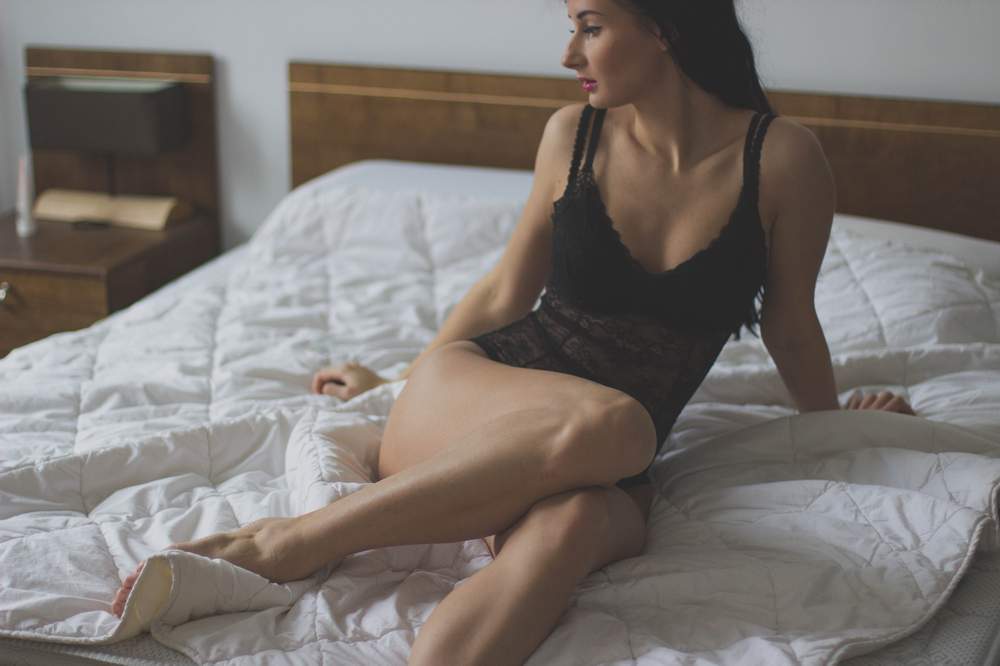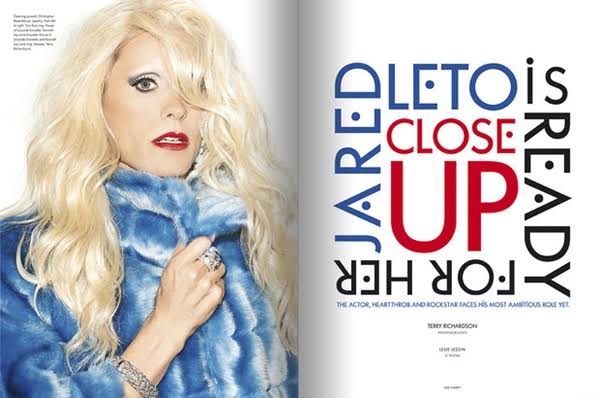It’s difficult to put a price on a good night’s sleep. At a certain age, women may experience the onset of night sweats and hot flashes, attributed to a fluctuation in hormonal imbalances.
These sudden, uncontrollable surges of extreme heat and profuse sweating can produce uncomfortably wet sleepwear, damp bed linens and the discomfort of awakening cold and shivering. This contributes to the need for night-time clothing and linen changes, which disrupts sleep and lends to an overall tired feeling.
Obesity, pregnancy, cancer treatments and certain diseases such as HIV, Crohn’s disease and inflammation can also contribute to overactive night-time perspiration. While women comprise the majority of those who suffer from night sweats, men are not immune. Unwanted heat and moisture is at the root of chafing, heat rashes and other damp-related problems for men as well.
Members of the military, campers and sportsmen have known the comfort and benefits of undergarments that pull moisture away from the skin for years. Cotton has long been a staple in undergarment construction for its absorbent qualities, while wool outerwear typically was used to provide insulation from cold and provide an effective medium for evaporation.
Great strides in comfortable undergarments and sleepwear solutions have been made with the introduction of microfibers, specialty weaves, fabric treatments and use of natural materials. These materials are chosen for their softness and moisture-attracting characteristics to design clothing that helps to beat the heat.
The moisture-wicking ability of these special garments allow perspiration from hot flashes and night sweats to be pulled away from the skin, dissipating heat and giving a sense of feeling drier. Fabric technologies then allow the fabric to release this moisture by helping the water to evaporate quickly, resulting in a cooler, drier, more comfortable sleep experience.
Cotton, silky cotton, cotton/polyester blends, micro-polyester and bamboo fibers are the most popular materials used in the construction of damp-releasing garments. Some manufacturers treat their fabrics with special processes that increase the fabric’s natural moisture absorbency while allowing for faster evaporation.
The addition of odor-neutralizing treatments and anti-bacterial inhibitors, applied to the material, likewise helps to reduce unwanted odors that often occur with certain medicines, changes in diet and menopausal flora.
Moisture and heat-controlling fabrics are great for travel.
Not only are they especially suited to warm, humid climates where too much heat and moisture cause personal discomfort, laundering requires little more than hand-washing and hanging to dry.
Destinations and involvement in activities where air conditioning may be lacking require simple, easy methods for staying cooler and drier.





